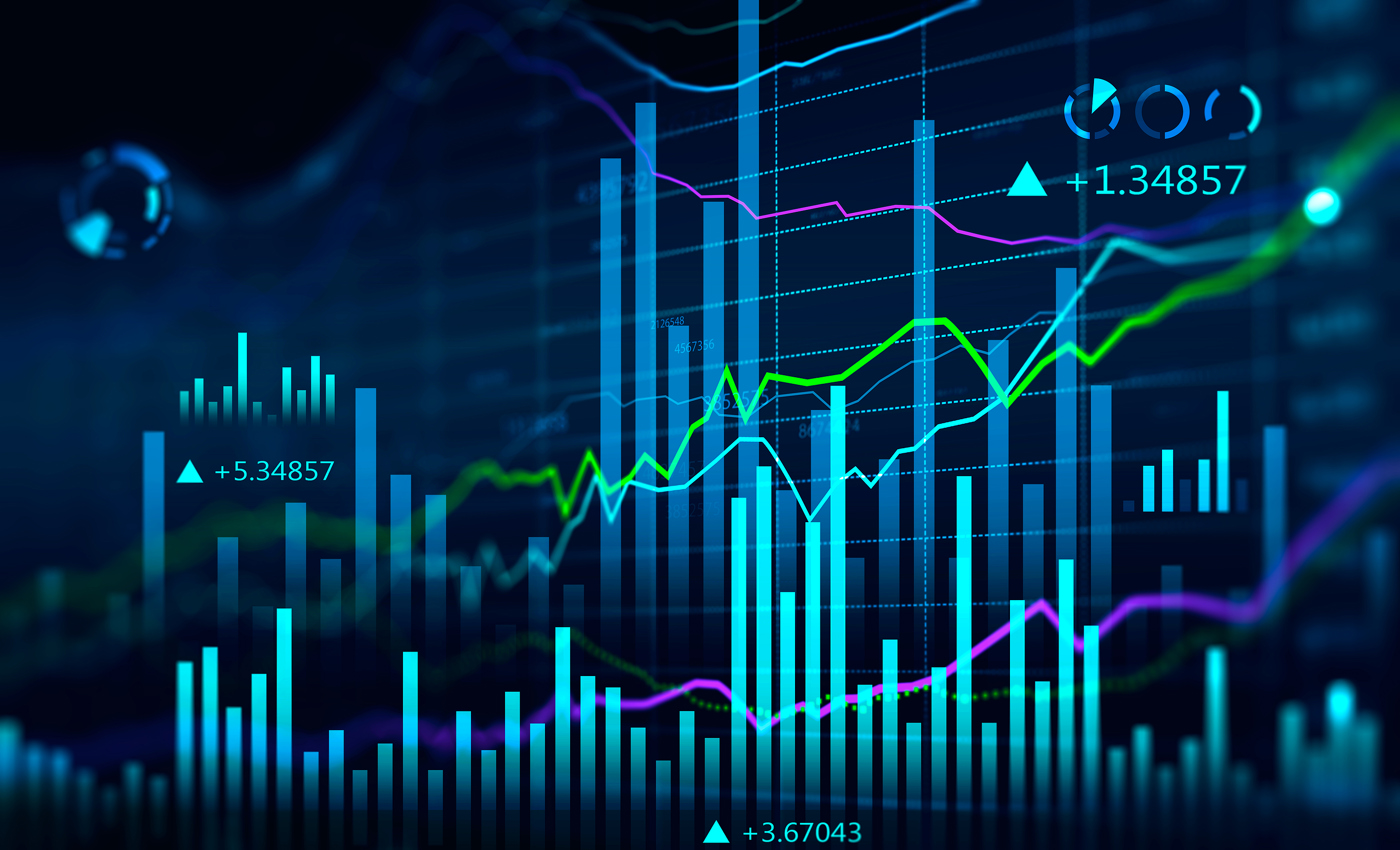
How ETFs and individual stocks performed during the SPX's decline and subsequent rally
Since all-time highs in early 2022, we’ve seen the S&P 500 Index (SPX) fall 25% to its October lows before gaining 16% to its current level. This week, I’m going to separate the time frames of the decline and subsequent rally. I’ll compare how popular exchanged traded funds (ETFs) performed during the time frames and how option traders were responding.

ETF Comparison
The table below lists popular ETFs (sorted by option volume) and how they performed during the market decline from January--October of 2022, then during the subsequent rally to now. I also included the put/call ratios using our buy-to-open (BTO) data which we compiled from three different stock exchanges: the International Securities Exchange (ISE), Cboe Options Exchange (CBOE), and NASDAQ OMX PHLX (PHLX). This tells us if option buyers favored puts or calls during the time frames.
- We need to be careful on how we interpret put and call buying on ETFs. For example, SPDR S&P 500 ETF Trust (SPY) options are often used for hedging stock portfolios. SPY put buying, therefore, is not a speculative bet against the market, but in those cases, the opposite. It signifies an increase in the size of a trader’s stock portfolio.
- The Cboe Volatility Index (VIX) performance is interesting, as it doubled during the market decline and then was cut in half during the rally. Calls are typically more popular for the VIX, as they’re typical for hedging and move in the opposite direction as stocks.
- The iShares Russell 2000 ETF (IWM), an ETF representing the small-cap Russell 2000 Index fell 26% -- right in line with the SPX -- but it has only gained about 5% since then. That’s unimpressive given the SPX gained 16% and the Invesco QQQ Trust Series 1 (QQQ) ETF gained 24% since the October lows.
- The iShares MSCI Emerging Markets ETF (EEM) lost 30% during the decline and gained 13% since then. The BTO put/call ratio during the decline was 1.55, but has been 0.47 during the rally. So, puts were a lot more popular during the decline than the rally. Puts are more popular recently, with a put/call ratio above two over the past 50 days.
- The last ETF I’ll mention is the ProShares Bitcoin Strategy ETF (BITO). It lost 59% during the decline and gained 35% during the rally. During both of those time frames, puts were more popular than calls. More recently, however, calls have been outpacing puts. The BTO put/call ratio over the past 50 days is 0.72.

Individual Stocks
Below is a table similar to the one above, but it shows data for 25 of the most liquid individual stocks. Tesla (TSLA), the first one on the list, has not participated in the recent rally. It fell 46% during the decline then another 23% during the recent stock market rally.
Nvidia’s (NVDA) option activity is interesting, as the stock fell 62% during the decline but gained an impressive 152% since then. Puts, however, have become more popular than calls during the rally. The BTO put/call ratio was 0.70 during the decline but was 1.06 during the rally and over the past 50 trading days. It’s the only stock on the list that had a BTO put/call ratio below one during the decline but above one during the rally. Coinbase (COIN) is the only other stock with BTO put/call ratio above one during the rally, but its ratio was above one during the decline as well.

Finally, the table below shows how the stocks in each sector performed during the SPX’s 16% rally off the October lows. Pharmaceutical stocks have the highest average return, but barely half of the stocks have been positive during the rally. Technology hardware stocks is the other sector whose stocks have averaged a 30% gain, and almost 80% of those stocks have been positive. Banks have been by far and away the worst sector we track. While the broad market has rallied, bank stocks have lost on average about 20% of their value and only about 20% of them have been positive.
